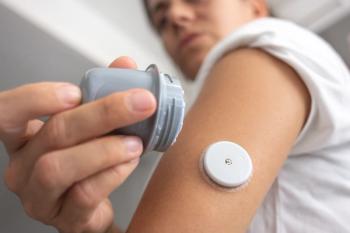
E-Separation Solutions
- E-Separation Solutions-01-13-2011
- Volume 0
- Issue 0
Capillary Electrophoresis
Capillary electrophoresis (CE), introduced in the 1980s, utilizes the same principles as gel electrophoresis for the qualitative and quantitative analysis of charged biological molecules, including proteins, carbohydrates, and nucleic acids as well as inorganic compounds.
Capillary electrophoresis (CE), introduced in the 1980s, utilizes the same principles as gel electrophoresis for the qualitative and quantitative analysis of charged biological molecules, including proteins, carbohydrates, and nucleic acids as well as inorganic compounds. CE is very similar to high performance liquid chromatography (HPLC). However, instead of using a pump, CE uses an electromotive force to drive the mobile phase through the capillary tube. The components of a mixture are separated through a horizontal capillary tube made up of fused-silica. When the electric field is applied, the analytes migrate toward the negative electrode, passing through a detector along the way. UV-vis spectroscopy and laser-induced fluorescence (LIF) are the predominant detection methods used for CE.
CE demand by industry.
Capillary electrophoresis is utilized primarily for the analysis of charged molecules and thus has found a niche in laboratories focused on genomics and proteomics. This method overcomes many of the problems associated with the separation and determination of peptides, proteins, nucleic acids, and many other biopolymers. While the CE technology was thought to have the potential to compete with HPLC technology, in reality CE and HPLC have become complementary techniques.
CE’s use is heavily concentrated in industries with the highest concentration of life science laboratories such as academia, biotechnology, government research, and pharmaceuticals. In fact, academia/government and biotechnology industries combined account for nearly two-thirds of the global market demand for capillary electrophoresis. While the growth in academia and government have been slow, the pharmaceutical industry has continued to experience rapid growth due to a variety of factors including CE’s ability to separate chiral and polar compounds and its automated-high throughput analysis potential.
The foregoing data was extracted from SDi’s Global Assessment Report, 11th Edition. For more information, contact Glenn Cudiamat, VP of Research Services, Strategic Directions International, Inc., 6242 Westchester Parkway, Suite 100, Los Angeles, CA 90045, tel. (310) 641-4982, fax (310) 641-8851, e-mail:
Articles in this issue
almost 15 years ago
An Emerging Leader: One Year Later Newsletteralmost 15 years ago
An Emerging Leader: One Year LaterNewsletter
Join the global community of analytical scientists who trust LCGC for insights on the latest techniques, trends, and expert solutions in chromatography.





